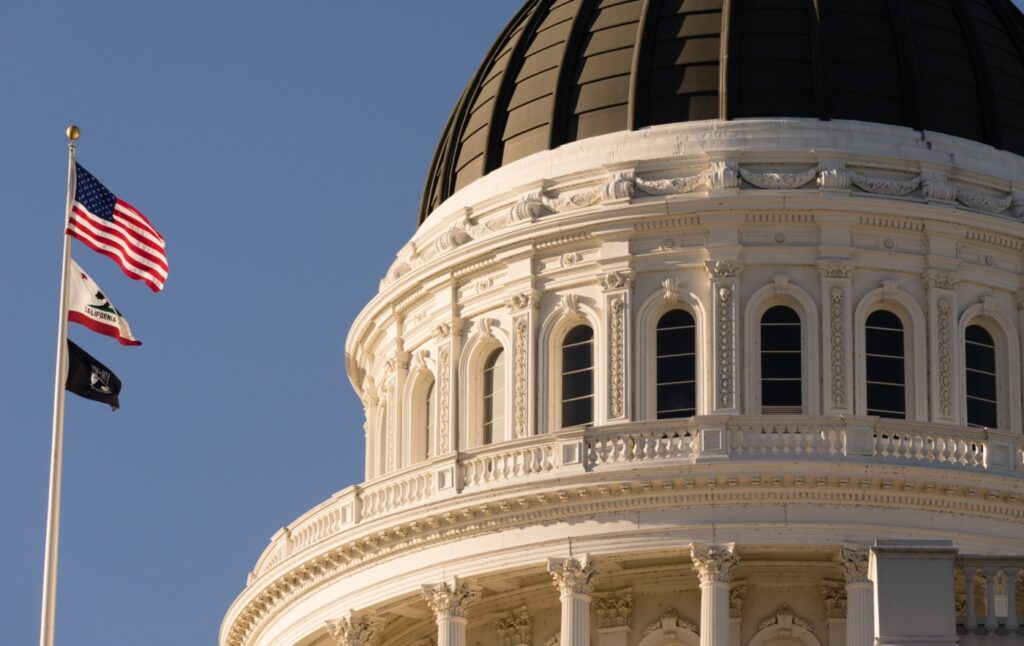
In addition to last week’s record-busting $310 billion dollar budget, the legislature is also advancing a $15 billion “Climate Bond” to appear on the ballot sometime in 2024. This “climate bond” should be viewed with a great deal of skepticism by California voters for several reasons.
First, why is a bond – any bond – necessary? Despite a drop off in state tax collections, California continues to produce massive amounts of tax revenue from the highest-in-the-nation income tax rate, highest state sales tax rate and highest gas tax. Taking on further debt makes little sense.
Moreover, this proposal is inconsistent with the principles of sound debt financing. Bond financing can be justified where the cost of a major infrastructure project – at either the state or local level – is greater than could be funded directly from general fund revenues without making significant reductions in service. But proponents have not made the case for why this grab bag of various projects couldn’t be financed from the general fund.
Second, an important consideration for the issuance of public debt is interest rates. Borrowing costs today are higher than they have been in years and while Wall Street bond brokers and bond holders will profit from more California debt, voters have to decide if it is in California’s best interests.
Third, under Article XVI of the California Constitution a statewide bond measure must be limited to “some single object or work to be distinctly specified in the act.” The “climate bond” here is authorized by Assembly Bill 1567, which is entitled the “Safe Drinking Water, Wildfire Prevention, Drought Preparation, Flood Protection, Extreme Heat Mitigation, Clean Energy, and Workforce Development Bond Act of 2024.” This bill is a 25-page listing of various projects ranging from restoring the Tijuana River to providing residential housing for California Conservation Corps members. Even under the most liberal interpretation of “single object or work,” this bond measure doesn’t comply.
Fourth, the fact that a substantial amount of the proceeds from the bond are intended to be used for programs rather than brick-and-mortar infrastructure violates the principle that the “single object or work” should have a useful life that extends beyond the term of the debt repayment. This climate bond is like a family taking out a 30-year mortgage to pay for groceries.
Fifth, California has a horrendous track record of not keeping its promises when it comes to bond measures. The clearest example is California’s High-Speed Rail Project, viewed internationally as the biggest boondoggle on earth. Proposition 1A in 2008 promised Californians a super-fast train that would travel between Los Angeles and San Francisco in about two and a half hours; the ticket price would be about $50; the total cost of the high-speed rail would be about $40 billion; and there would be significant private-sector support –money from investors – to build the project. After 15 years, HSR has yet to hit any of its benchmark promises.
Numerous other bond measures have failed to live up to the representations made to voters, including several water bond proposals that promised the construction of surface water storage projects.
Related Articles
The radical ideas behind the Declaration
U.S. Supreme Court defends Constitution and liberty with rejection of student loan plan, affirmative action
A T-Bird’s take on the state of globalism right now
America is still super exceptional this Fourth
Understanding the Supreme Court’s affirmative action decision
Even more troubling than the broken promises related to bond measures is the fact that California courts will do little to enforce those promises. This was starkly evident in several lawsuits over the high-speed rail project when the courts failed to intervene despite conclusive evidence that the terms of the ballot measure were being violated.
Sixth, general obligation bonds should only be placed on the ballot when the level of total debt is within prudent limits that will not affect the state’s bond rating or solvency. If California experiences even a mild recession, that will increase the percentage of the general fund necessary to pay debt service. If the state’s “debt service ratio” exceeds levels palpable to Wall Street, that could increase the cost of borrowing on top of the already high interest rates.
Finally, general obligation bonds should never be approved in the absence of fiscal restraint in the budget process. Allowing politicians to spend virtually all new revenues and incur additional debt removes all pressure to adopt needed reforms and fiscal discipline. And if there’s anything California needs right now it’s fiscal discipline.
Jon Coupal is president of the Howard Jarvis Taxpayers Association.
